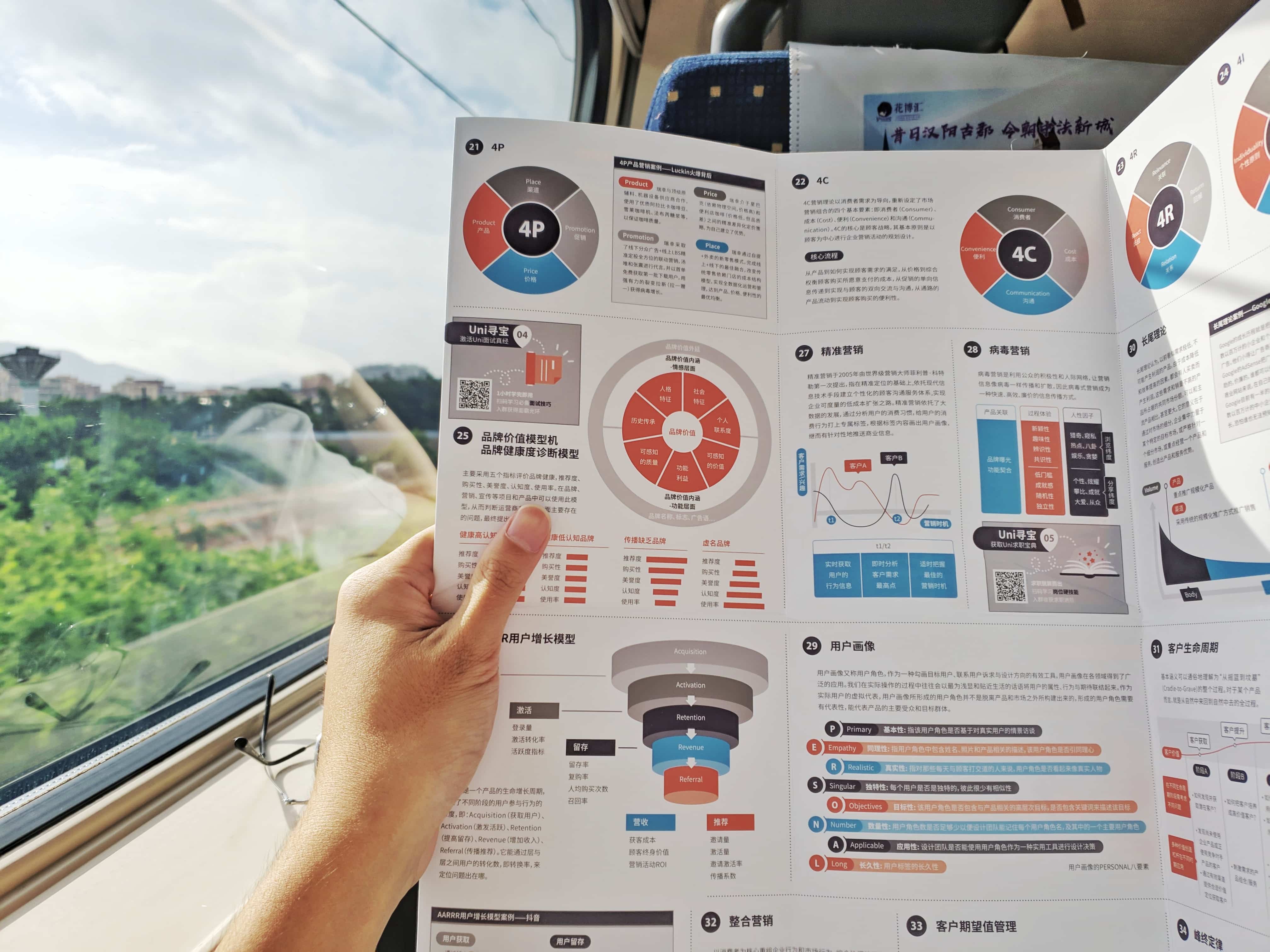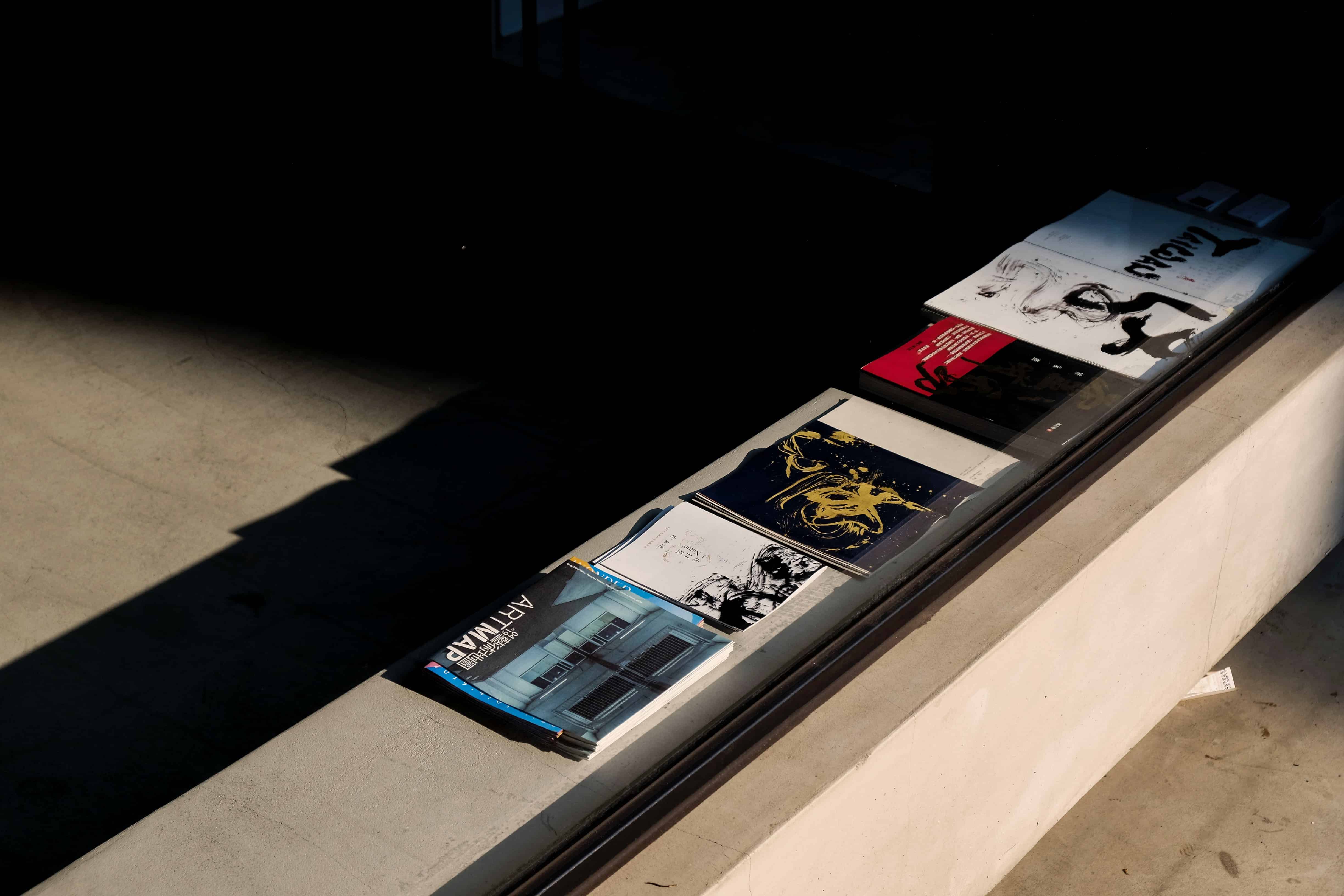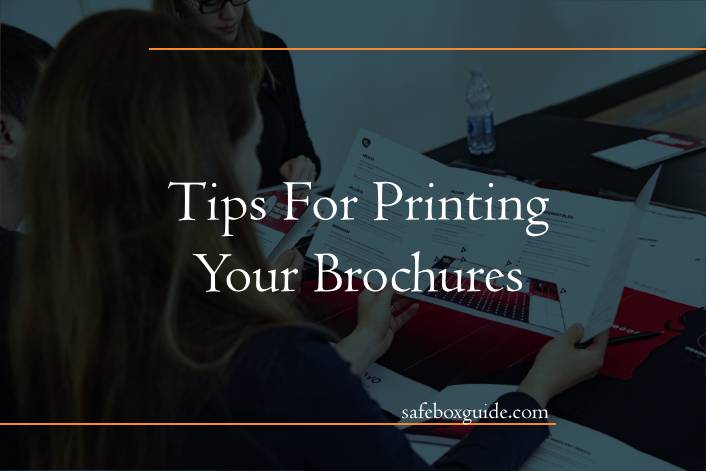Are you tired of your brochures coming out blurry, smudged, or just plain unattractive? Well, fret no more! In this article, we will provide you with some invaluable tips and tricks for printing brochures that are sure to grab attention and leave a lasting impression. Whether you’re a business owner looking to promote your products or services, or a student creating a stunning portfolio, these tried-and-true techniques will ensure that your brochures look professional and polished every time. So grab your design files and get ready to unleash the power of print!
Contents
Why printing your brochures is important
Printing your brochures is important for several reasons. First and foremost, a printed brochure offers a tangible experience to your audience. In today’s digital age where everything is online, having a physical brochure can make your business stand out from the crowd and leave a lasting impression on potential customers.
Furthermore, printing your brochures allows you to reach a wider audience. While an online presence is crucial, not everyone spends all their time online. Many people still prefer to have something they can hold in their hands and flip through at their own pace. By printing brochures, you are able to tap into this demographic and connect with potential customers who may have otherwise overlooked your company.
Additionally, printing brochures gives you an opportunity for creative expression. From choosing the paper stock to deciding on the layout and design elements, there are countless opportunities to showcase your brand personality through print. This tactile medium allows for unique finishes such as embossing or spot UV coating that can add visual interest and make your brochure truly unforgettable.
In conclusion, while digital marketing has its merits, printing your brochures offers numerous advantages that should not be overlooked. It adds depth to your marketing strategy by providing a physical representation of your business that can be easily shared and remembered by potential customers. So why settle for solely digital when you can expand your reach with the power of print?

Choosing the right paper and finish
Choosing the right paper and finish for your brochures can make or break the impact they have on potential customers. The thickness of the paper plays a crucial role in how durable and professional your brochures appear. A thicker paper, such as a 130-pound or 170-pound weight, will convey quality and solidity to your audience. On the other hand, if you’re aiming for a more lightweight feel, a 70-pound or 80-pound weight would work well.
In addition to paper thickness, the finish of your brochures can greatly affect their overall look and appeal. A glossy finish adds shine to images and text, enhancing their visual impact. If you want to make colors pop or have high-resolution photographs in your brochure design, a gloss finish is ideal. However, if you prefer a more sophisticated and elegant look with minimal glare, choosing a matte or satin finish would be more fitting.
Ultimately, selecting the right paper weight and finish boils down to considering your branding goals and target audience’s preferences. Take into account factors such as durability requirements, desired tactile experience (smooth vs textured), budget considerations (as higher weights may be costlier), desired visual impact (bright colors vs subdued tones), and overall brand perception when making this important decision for successful brochure printing.
Design tips for effective brochure printing
When it comes to designing brochures for printing, there are a few key tips that can make a huge difference in the final product. Firstly, consider using high-quality images and graphics that will grab the reader’s attention and add visual interest to your brochure. In addition, be mindful of font choices and ensure that they are easy to read and aligned with your brand image.
Another important aspect is the layout of your brochure. Utilize whitespace effectively to give your design breathing room and prevent it from looking cluttered. Additionally, consider organizing your content in a logical order, keeping in mind the reader’s journey through the brochure.
Lastly, don’t forget about the importance of paper selection for brochure printing. The paper you choose can impact how colors appear on print as well as create different textures or finishes. Take time to research different paper options and select one that best suits your brand aesthetic and message.
By following these design tips, you can ensure that your brochures not only look visually appealing but also effectively convey your message and engage readers.

Working with a professional printer
Working with a professional printer can be an invaluable experience when it comes to printing your brochures. Not only do they have the expertise and technology to deliver high-quality results, but they also offer valuable insights and guidance throughout the process.
One of the key advantages of working with a professional printer is their ability to ensure color accuracy. They have advanced color management systems in place, allowing them to match your colors exactly as you intended. This means that your brochures will not only look consistent across different print runs but also accurately reflect your brand’s identity.
Another benefit of working with a professional printer is their expertise in selecting the right paper stock for your brochures. They understand that different paper types may produce different outcomes for design elements such as images, illustrations, or even text readability. By leveraging their knowledge, you can enhance both the visual appeal and durability of your final printed materials.
In conclusion, partnering with a professional printer can elevate the quality of your brochure printing project significantly. Their specialized equipment and experienced team will help ensure color accuracy and enable you to create stunning brochures that leave a lasting impression on your target audience. Take advantage of their expert advice on paper selection for optimal results.
Proofreading and double-checking before printing
Proofreading and double-checking your brochures before printing is a crucial step that can save you from embarrassing and costly mistakes. Even the smallest error, whether it’s a misspelled word or an incorrect phone number, can damage your reputation and credibility. It’s always better to take the extra time to carefully review every detail than to rush through the process and suffer the consequences later.
One helpful tip for proofreading is to read your text out loud. This technique forces you to slow down and pay attention to each word, making it easier for you to spot any errors or awkward phrasing. Additionally, reading aloud puts you in a listener’s perspective, giving you a better sense of how your message will come across when printed.
Another valuable approach is recruiting fresh eyes. After spending hours crafting your brochure, it’s easy to become blind to any mistakes or typos. Ask someone else – preferably with a keen eye for detail – to proofread your work. An outside perspective can uncover errors that you might have missed, ensuring that your brochures are polished and professional when printed.
By dedicating time for proofreading and double-checking before printing your brochures, you demonstrate attention to detail and commitment to excellence. This investment of effort not only prevents potential embarrassment but also ensures that your printed materials accurately represent your brand and leave a lasting impression on readers.

Printing in small batches for cost-effectiveness
Printing in small batches can be a cost-effective solution for businesses looking to save money on their printing needs. Instead of printing large quantities all at once, companies can opt to print smaller batches as needed, which helps to reduce waste and minimize storage costs. This approach not only allows businesses to have greater control over their inventory but also enables them to make any necessary updates or changes more easily.
Moreover, printing in small batches provides the opportunity for businesses to test different versions or designs before committing to a large-scale production. By experimenting with limited quantities, companies can gather valuable feedback from clients or customers and make adjustments accordingly. This method not only saves money by avoiding costly mistakes but also ensures that the final product meets the desired quality standards.
Additionally, printing in smaller batches allows businesses to react quickly and efficiently to any unforeseen circumstances or changes in their marketing strategies. Rather than being stuck with a surplus of outdated materials, companies can adapt and modify their printed brochures as needed without incurring excessive costs. This flexibility is particularly beneficial for businesses operating in industries where trends evolve rapidly or where time-sensitive promotions are common.
In conclusion, embracing the practice of printing in small batches offers numerous advantages for cost-conscious businesses seeking both flexibility and cost-effectiveness. By avoiding unnecessary waste and storage expenses while maintaining quality control through testing and feedback gathering, companies can save money and stay adaptable when it comes to their brochure printing needs.
Conclusion: Ensure your brochures make a lasting impact
In conclusion, it is crucial to ensure that your brochures make a lasting impact on your target audience. A well-designed and visually appealing brochure can grab the attention of potential customers and leave a lasting impression. However, simply printing brochures is not enough; you need to make sure that they effectively communicate your message.
One way to achieve this is by focusing on the content of your brochures. Make sure that the information is clear, concise, and relevant to your target audience. Avoid using excessive text or cluttering the brochure with too much information. Instead, highlight key points and use visuals such as images or infographics to support your message.
Another aspect to consider is the quality of printing. Investing in high-quality paper stock and using professional printing techniques can significantly enhance the overall look and feel of your brochures. This will not only help them stand out but also convey a sense of professionalism and credibility.

